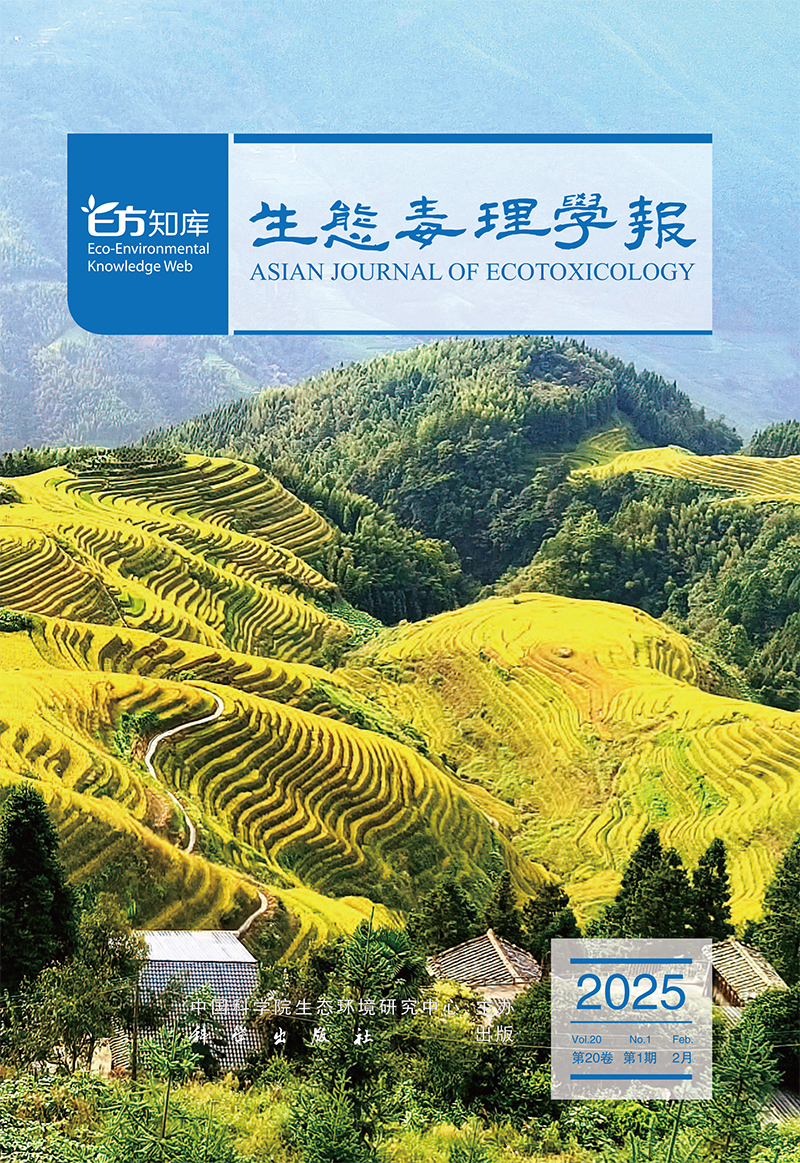The Toxicities of Ionized Organic Compounds to Daphnia magna and QSAR Study
- Received Date: 22/11/2015
- Accepted Date: 21/01/2016
-
Key words:
- ionized organic compounds /
- Daphnia magna /
- acute toxicity /
- QSAR
Abstract: The ionization organic compounds of substituted phenols, anilines and benzoic acids are ubiquitous with strong biotoxicity in environmental water and quite harmful to aquatic organisms and aquatic ecosystems. The 24 h acute immobilization toxicity of the three kinds of compounds was determined for the freshwater crustacean Daphnia magna under the condition of pH equal to 6, 7.8 and 9 respectively. The proportion of neutral form (F0) was consequently calculated for the three kinds of compounds at three different pH conditions. Based on the correlation between toxicity and F0, the results showed that it was an important influencing factor of ionization to the toxicity of phenols; and neutral form accounts for absolute advantage, so the effect of ionization on anilines was smaller than phenols. The correlation between the toxicity of halogenated benzoic acids and hydrophobicity parameter was strong, while the correlation between the toxicity of hydroxyl benzoic acids and hydrophobicity parameter was much weaker. Moreover, the results suggested that inclusion of EHOMO and the number of hydroxyl (NOH) with log KOW can improve the determinate coefficient of the models.





 DownLoad:
DownLoad:
